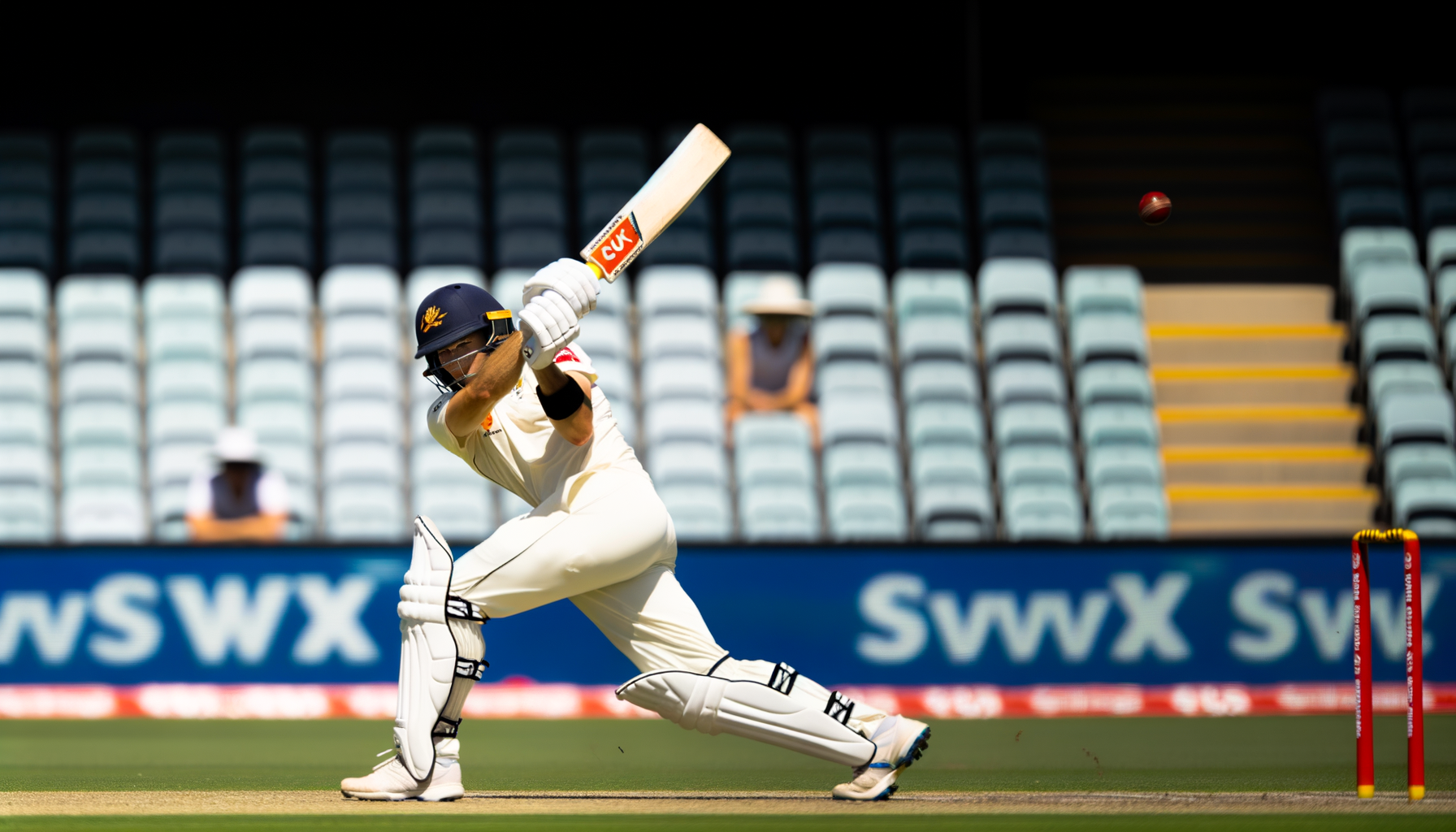Labuschagne’s resurgence fuels Ashes recall debate
Marnus Labuschagne’s recent centuries in domestic cricket strengthen his bid for an Ashes return amid Australia’s batting dilemmas ahead of Perth Test.

By Editorial
Marnus Labuschagne’s form peaks ahead of Ashes
Marnus Labuschagne has reignited his claim for a spot in Australia’s Ashes squad with a stunning run of form in domestic cricket. The 31-year-old Queensland batsman recently scored 159 runs on day two of the Sheffield Shield clash against South Australia, marking his fourth century in just five innings. This comes after impressive scores of 130 and 105 in Australia’s domestic one-day competition and a 160 in the previous red-ball match.
Labuschagne’s performances are especially significant given his recent struggles at Test level. Having been dropped for the summer series against the West Indies following a dip in form, the batsman has not managed a Test hundred since the 2023 Ashes fourth Test. Over the past 30 Test innings, his average has slumped to 24.74, a stark contrast to his career average of 40.64 from 14 Tests against England, where he has two centuries.
Challenges facing Australia’s batting line-up
Labuschagne’s resurgence, while promising, does not fully resolve Australia's batting issues ahead of the first Ashes Test at Perth starting 21 November 2025. The selectors face tough decisions, particularly around the opening slots and the number three batting position.
In the latest Test, Labuschagne was promoted to opener during the World Test Championship final against South Africa, scoring 17 and 22. However, in domestic cricket, he has reverted to his familiar number three position, where he has historically been most successful. If he returns to number three for Australia, the opening batsmen positions remain uncertain.
Uncertainty at the top order
Australia’s opening options have struggled for consistency. Sam Konstas, a promising 20-year-old, played against the West Indies but accumulated just 50 runs over six innings. Despite hitting a century for Australia A in India recently, he has yet to score above 50 in four domestic innings this season and was dismissed for a four-ball duck by Scott Boland in the latest match.
Tasmania’s Jake Weatherald, 30, is another contender, having scored a notable 94 off 99 balls in a low-scoring game against Western Australia. His performances add pressure for the opener’s role, especially with Labuschagne’s potential return to number three.
Balancing the middle order
If Labuschagne shifts back to the top order, it opens the door for all-rounder Cameron Green to bat at number three, which could strengthen the middle order. Green, however, has only managed one fifty in eight innings at this position since being promoted in the Test final against South Africa. Fellow all-rounder Beau Webster, currently sidelined with an ankle injury, is also in the mix for middle-order spots when fit.
This delicate balancing act highlights Australia’s challenge in building a dependable batting line-up. The selectors must weigh recent performances against long-term potential to field a competitive side for the Ashes.
Comparing Labuschagne’s domestic and international form
The contrast between Labuschagne’s domestic dominance and international struggles is striking. His recent centuries demonstrate his ability to regain confidence and form. For example, his 159 against South Australia was a commanding innings that showcased his technical skill and temperament, qualities essential for Test cricket.
Yet, his international form indicates inconsistency and pressure handling issues. This dichotomy raises questions about whether his domestic success can translate into Test match resilience against a potent English attack.
Australia’s selectors will closely monitor his performances in both formats. Fans and experts alike will recall his journey, which includes 11 Test hundreds from 58 matches — a commendable record that underlines his potential value for the national side.
Looking beyond Labuschagne: broader Ashes implications
Labuschagne’s situation is part of a broader theme in Australian cricket: rebuilding a batting line-up amid fluctuating form and emerging talents. As the Ashes approaches, selectors have to navigate through untested players and seasoned campaigners to find the right combination.
For insights into other cricket developments, including England’s preparations, readers can explore England womens cricket team gearing up for world cup challenge. This highlights how both nations are gearing up for major cricketing challenges.
Conclusion: What Labuschagne’s resurgence means for the Ashes
Marnus Labuschagne’s recent centuries in domestic cricket have reignited debate about his recall to the Australian Ashes squad. While his form offers hope, it does not fully settle Australia’s batting conundrum. The selectors face difficult choices, especially regarding the opening pair and the number three position.
Labuschagne’s ability to convert domestic success into Test match runs will be pivotal if he is to cement his spot. Meanwhile, other contenders like Jake Weatherald and Cameron Green add further complexity to selection decisions. This dynamic makes the forthcoming Ashes series a compelling contest, not just between nations but among players fighting for their place.
For cricket enthusiasts wanting comprehensive coverage of UK and Ireland cricket leagues, this guide offers valuable context on the broader sporting landscape.
Ultimately, the Ashes 2025-26 promises thrilling cricket action, with players like Labuschagne eager to reclaim their glory on the international stage.
Related topics
Editorial
Sports expert at SportsScoop
Specialist in sports analysis and journalism
Related articles
Want to read more?
Explore our comprehensive collection of sports articles and analysis, or contact us for more information.



